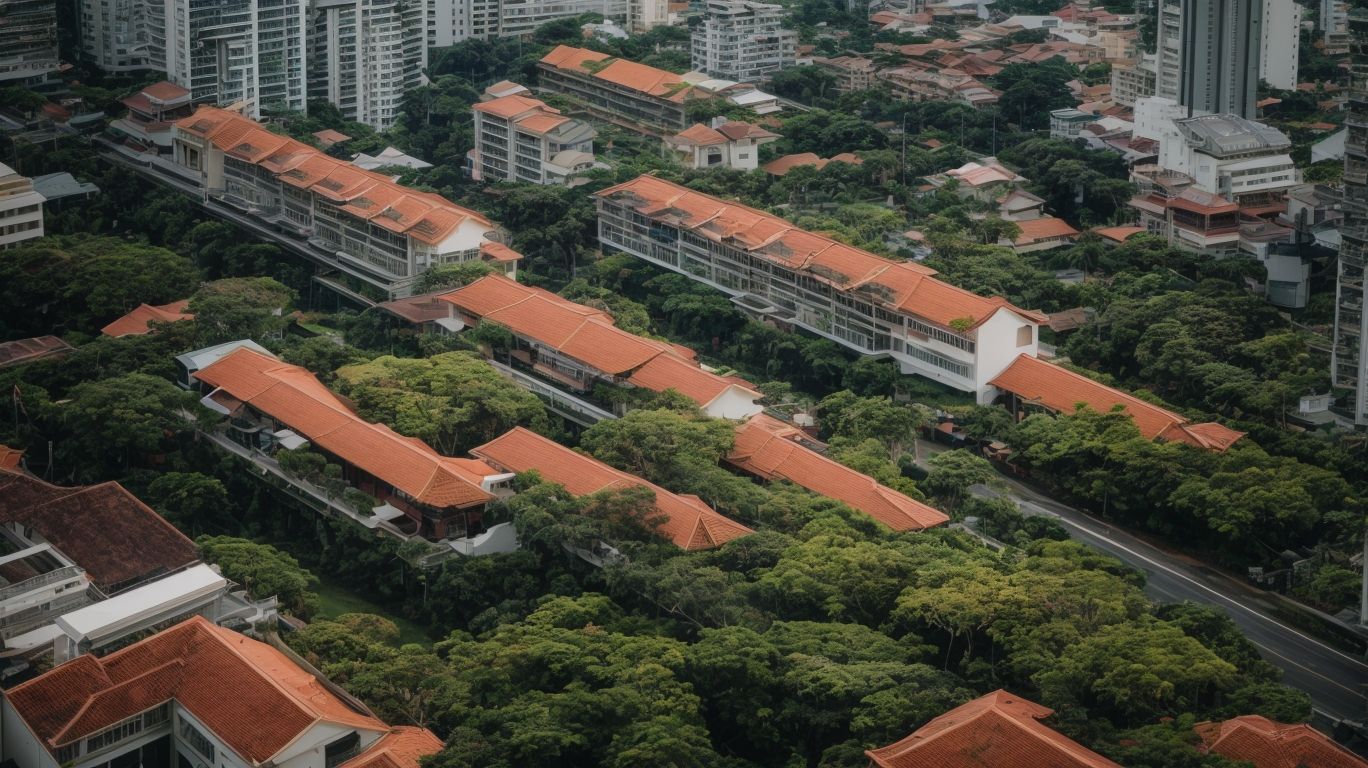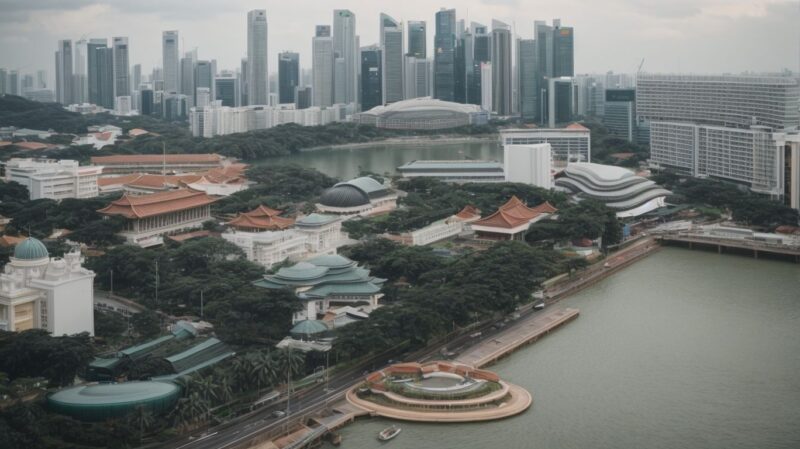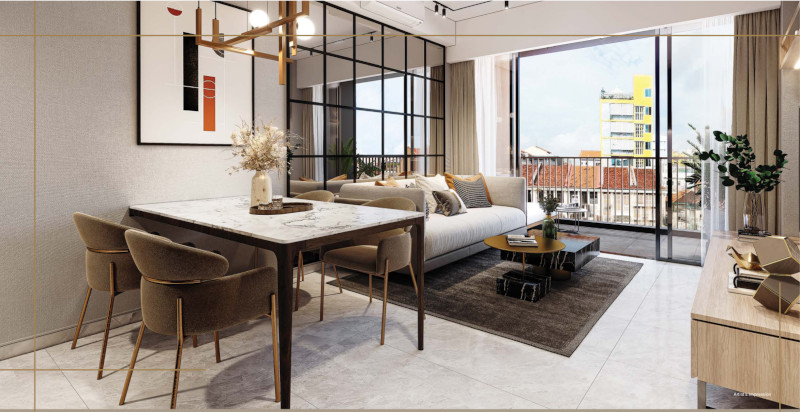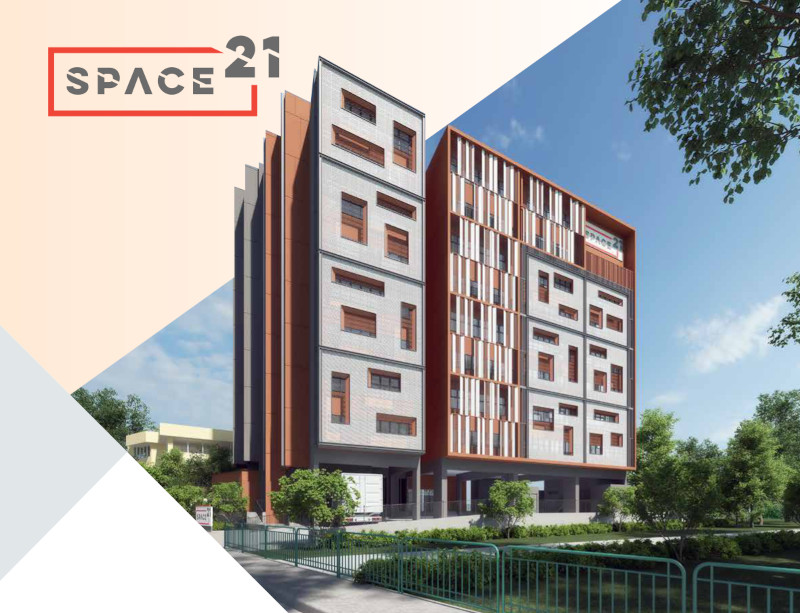Are you looking to reduce your carbon footprint while living in a modern and sustainable home? Look no further than Singapore’s eco-friendly property initiatives! With the growing concern for the environment and our impact on it, this article explores the various initiatives and options available to you, making it easier for you to make a positive change in your living space.
The Importance of Eco-friendly Properties in Singapore
In Singapore, the significance of eco-friendly properties cannot be overstated, given the city-state’s dedication to sustainability. These properties play a vital role in reducing the environmental impact of urban development, conserving resources, and mitigating the effects of climate change. Not only do they promote a healthier and greener living environment, but they also align with Singapore’s goal of becoming a sustainable and resilient city.
What is the Impact of Buildings on the Environment?
Buildings have a significant impact on the environment, as they consume energy, use water, and generate waste. The construction and operation of buildings contribute to carbon emissions, resource depletion, and destruction of habitats. In addition, building activity can lead to urban heat island effect and air pollution.
To address these issues, eco-friendly properties incorporate sustainable materials, energy-efficient systems, and green spaces. By implementing green building standards and utilizing renewable energy sources, the environmental impact of buildings can be minimized.
It is crucial to adopt eco-friendly building practices, such as using sustainable materials and energy-efficient systems, and incorporating green spaces and renewable energy sources to mitigate the negative effects of buildings on the environment.
Why is it Important to Have Eco-friendly Properties in Singapore?
Eco-friendly properties in Singapore are crucial due to the city-state’s limited land and resources. The importance of an eco-friendly approach lies in its ability to address sustainability, reduce energy consumption, minimize waste, and lower carbon emissions, aligning with Singapore’s commitment to combat climate change. Furthermore, eco-friendly properties play a vital role in improving air and water quality, enhancing public health, and creating a more livable environment in urban areas.
Government Initiatives for Eco-friendly Properties
The Singaporean government has taken several steps to promote eco-friendly properties, including offering tax incentives for obtaining green building certifications, subsidizing the expenses of energy-efficient fittings, and providing grants for sustainable retrofitting projects. These measures are designed to motivate developers and homeowners to incorporate environmentally sustainable practices in the construction and upkeep of properties, contributing to the nation’s green efforts.
Did you know that Singapore’s Building and Construction Authority (BCA) has set a goal for 80% of buildings to obtain Green Mark certification by 2030?
What are the Requirements for BCA Green Mark Certification?
The BCA Green Mark Certification requires strict adherence to sustainability standards. These standards encompass energy efficiency, water conservation, environmental protection, and indoor environmental quality. Furthermore, the certification mandates the use of eco-friendly materials and the incorporation of cutting-edge green building technologies to reduce environmental impact.
What are the Benefits of BCA Green Mark Certification?
The benefits of BCA Green Mark Certification include:
- Energy efficiency: Enhances energy performance, reducing operational costs.
- Environmental impact: Lowers carbon footprint, conserves resources.
- Health and well-being: Creates healthier indoor environments through improved air quality and natural light.
- Marketability: Enhances property value, attracting environmentally conscious tenants and investors.
- Recognition: Receives recognition for sustainable building practices, contributing to Singapore’s green building efforts.
Private Sector Initiatives for Eco-friendly Properties
Private sector initiatives for eco-friendly properties are essential for Singapore’s sustainable development. Companies like City Developments Limited (CDL) prioritize green building practices, incorporating features such as energy-efficient designs and sustainable materials. Another notable example is CapitaLand, which places a strong emphasis on eco-friendly technologies like smart lighting and water-saving fixtures in their properties. These efforts by the private sector have a significant impact in reducing environmental harm and promoting sustainability in Singapore’s real estate industry.
What are Some Examples of Eco-friendly Properties in Singapore?
Several examples illustrate eco-friendly properties in Singapore, such as the Punggol Waterway Terraces, SkyTerrace@Dawson, and Treelodge@Punggol. These properties incorporate sustainable design elements, green spaces, and energy-efficient features, aligning with Singapore’s sustainability efforts.
Singapore’s commitment to eco-friendly properties is evident in the development of the Punggol Eco-Town, a sustainable residential area that integrates green features and smart technologies to promote a greener lifestyle.
How Do These Properties Implement Sustainable Practices?
- Energy-efficient design: Properties incorporate sustainable practices such as natural lighting, energy-efficient appliances, and insulation to reduce energy consumption.
- Water conservation: Implementing sustainable methods like low-flow fixtures, rainwater harvesting, and water-recycling systems to minimize water usage.
- Waste management: Practicing sustainable waste segregation, recycling, and composting to reduce landfill contributions.
- Sustainable materials: Using eco-friendly building materials like recycled steel, bamboo, and reclaimed wood for construction.
- Green spaces: Incorporating sustainable features such as green roofs, vertical gardens, and open green spaces within the property for natural cooling and improved air quality.
Future Outlook for Eco-friendly Properties in Singapore
The future outlook for eco-friendly properties in Singapore is bright, with a growing emphasis on sustainable building materials, energy-efficient designs, and green spaces. As the demand for environmentally conscious living spaces increases, developers are expected to integrate more eco-friendly features and technologies into their projects. This transition towards sustainable real estate not only benefits the environment but also provides long-term cost savings for residents. Embracing eco-friendly properties is crucial for creating a greener and healthier urban landscape in Singapore.
What are Some Upcoming Eco-friendly Property Projects in Singapore?
Several upcoming eco-friendly property projects in Singapore aim to revolutionize sustainable urban living. The Greenprint: This upcoming mixed-use development integrates green spaces, renewable energy, and smart water management systems. Urban Oasis Residences: These upcoming residential towers incorporate vertical gardens, energy-efficient designs, and rainwater harvesting systems. With a focus on energy efficiency, waste reduction, and green spaces, these upcoming projects mark a progressive shift towards sustainable urban development.
How Will These Initiatives Help Singapore Achieve its Sustainability Goals?
- Reduced carbon footprint: By implementing energy-efficient designs and renewable energy sources, these initiatives will play a crucial role in helping Singapore achieve its sustainability goals by lowering carbon emissions.
- Resource conservation: Eco-friendly properties will promote water and energy conservation, leading to sustainable resource management and contributing to Singapore’s efforts towards a greener future.
- Enhanced biodiversity: Incorporating green spaces and sustainable landscaping will not only benefit the environment but also support biodiversity and ecological balance, aligning with Singapore’s sustainability goals.
- Community engagement: These initiatives will educate and involve communities in sustainable practices, fostering a culture of environmental responsibility and ultimately helping Singapore achieve its sustainability targets.
Once, a residential complex in Singapore installed solar panels, reducing its energy costs by 30% and significantly contributing to the city’s sustainability targets.




